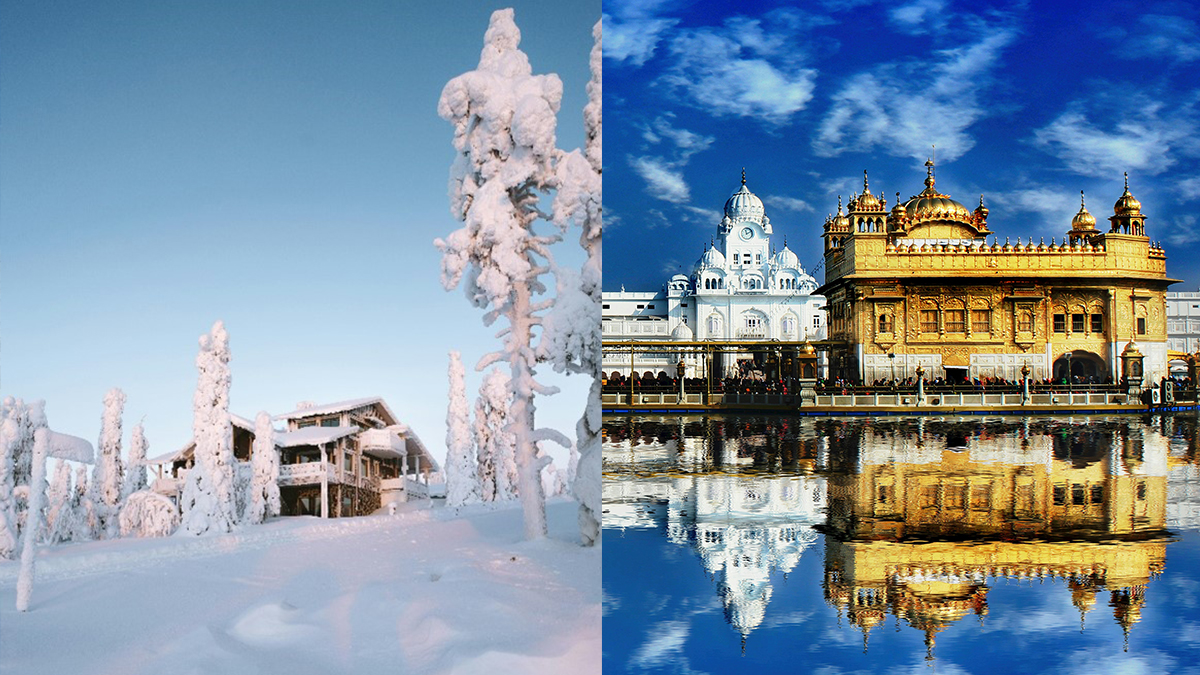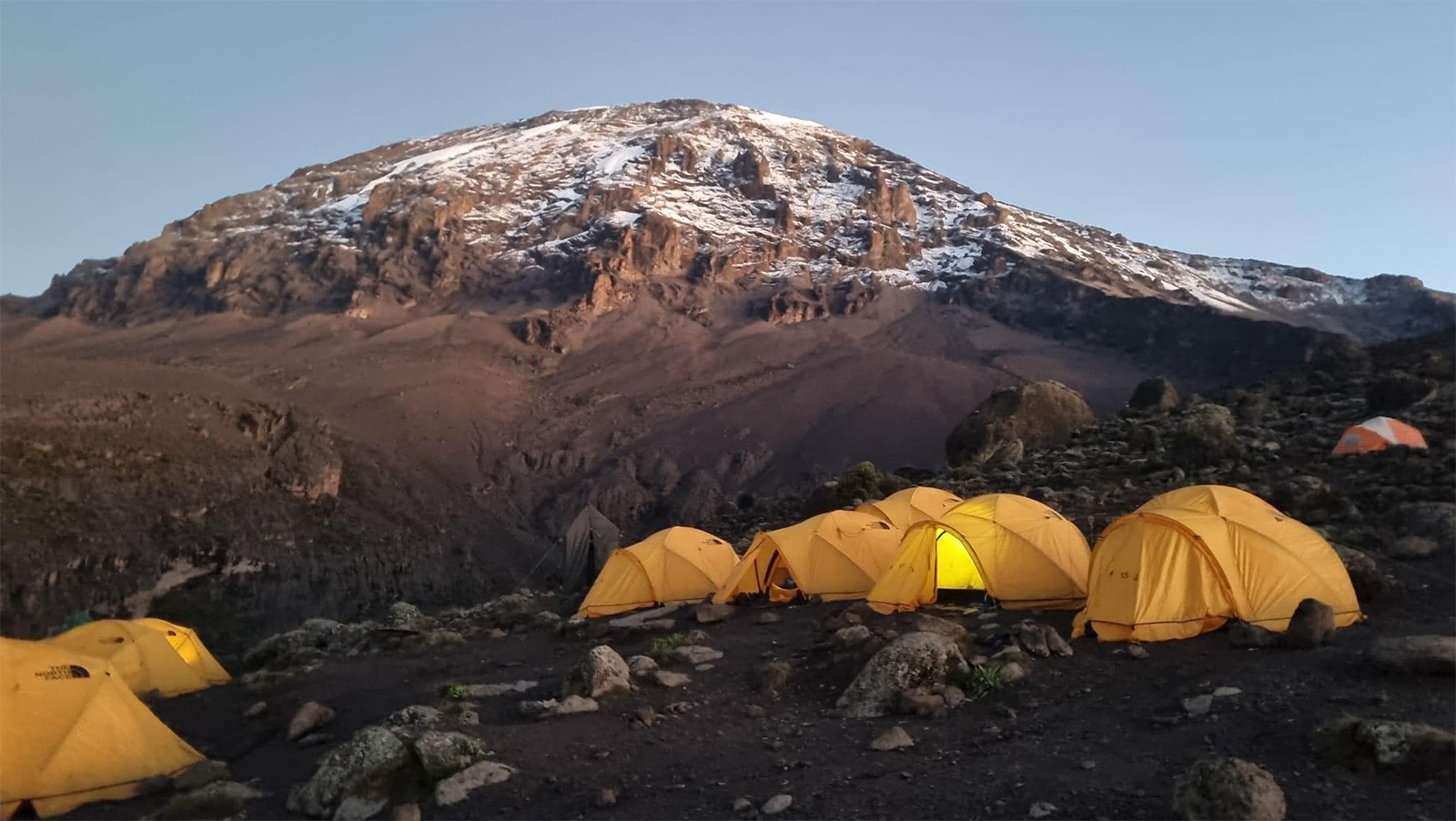As far as holidays go, trekking is pretty environmentally friendly. You use less transport to get from A to B, and explore the natural wilderness largely on foot. But there are always more ways to improve your environmental impact when travelling by foot. Here are our best tips:
Opt for Reusable Gear to Minimise Single-Use Plastic
We are far too reliant on single-use plastic and plastic bags today and there is no need with so many great alternatives available.
Waterproof stuff-sacks and pack liners are available from all trekking stores to keep all your gear dry and separate.
Always carry a reusable water bottle with you when travelling. When trekking, in many locations, treating your water for safe drinking is very important. You can also look at water bottle filter systems now available that can kill almost all bacteria.
Always use a good quality poncho or raincoat instead of any disposable options.
There are plenty of ways to minimise your single-use plastics along your journey. So do your part and check out some of the great reusable gear now available.
Stick to the assigned path
While we’re all about getting off the beaten track, there are certain times we don’t mean that literally! When trekking through a forest or woodland area, it’s safer for both you and the surrounding wildlife for you to stay on the designated paths. This will ensure your impact on the environment is minimal. Leave only footprints, take only photographs remember?
Choose a company that gives back
Thankfully, most companies within the trekking industry invest heavily in the local communities they are visiting. However, it still pays to do your research. Opt for a company who cares about the environment, the local people and the sustainability of tourism in the communities where they operate.
Take your rubbish with you
Littering is never okay, especially in the great outdoors. When trekking any waste you create on your journey must be taken with you and disposed of properly when back in civilisation.
Not only is there the risk that animals will consume the rubbish you leave behind, but think of how much less beautiful the natural environment would be with rubbish everywhere.
Travel in a small group
Small groups are better than large groups – you’re less disruptive to the local wildlife and put less pressure on the facilities along the trekking path. You are also able to stay in smaller locally owned and operated lodges that larger groups wouldn’t be able to fit in, such as those on our Annapurna Community Trek or Everest Base Camp Treks.






